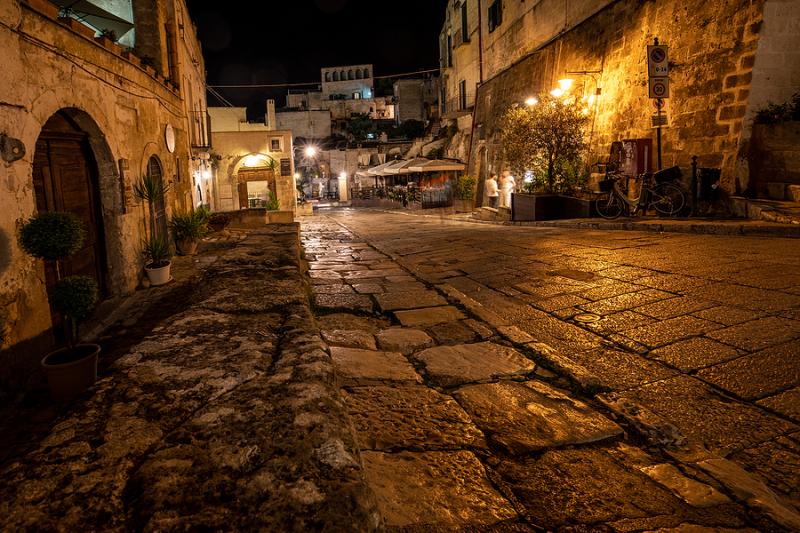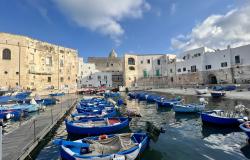If you’ve ever walked the Sassi di Matera at night, you know how enchanting they are. Yet, at the same time, they can also be eerie; the dark ravines, mysterious caves and labyrinthine alleys enveloped in silence can give you a certain thrill.
Imagine them on gloomy November nights, decades ago when the Sassi weren’t as picturesque as they are today after careful restoration, and you’ll get how the ghost legends related to All Souls’ Day, celebrated in the Catholic world on November 2, came to be.
The commemoration of the dead was particularly felt among the inhabitants of the Sassi, where, out of respect for the dead, any form of celebration was avoided already in the days leading up to November 2. The city had to remain silent and still, to foster a spirit of meditation and prayer. In churches, coffins covered with black cloths were prepared.
On the nights around 2 November, if you happened to walk through the dark streets of the Sassi, you could come across 'shadows', souls of the dead. In neighborhoods where there had been a recent mourning, one of the most common apparitions was a monk dressed in white.
And on the night between 1 and 2 November, everyone locked themselves in because, according to popular belief, a procession of the dead came crossing the alleys of the ancient city. A slow, silent, frightening procession of souls from purgatory, ghosts that walked from the old cemetery through the Sassi holding a lighted candle, until they disappeared into the darkness.
Traditions and legends related to remembering the dead are plentiful in Italy, and they vary from region to region. Some settings, like that of Matera, make the commemoration especially evocative.







